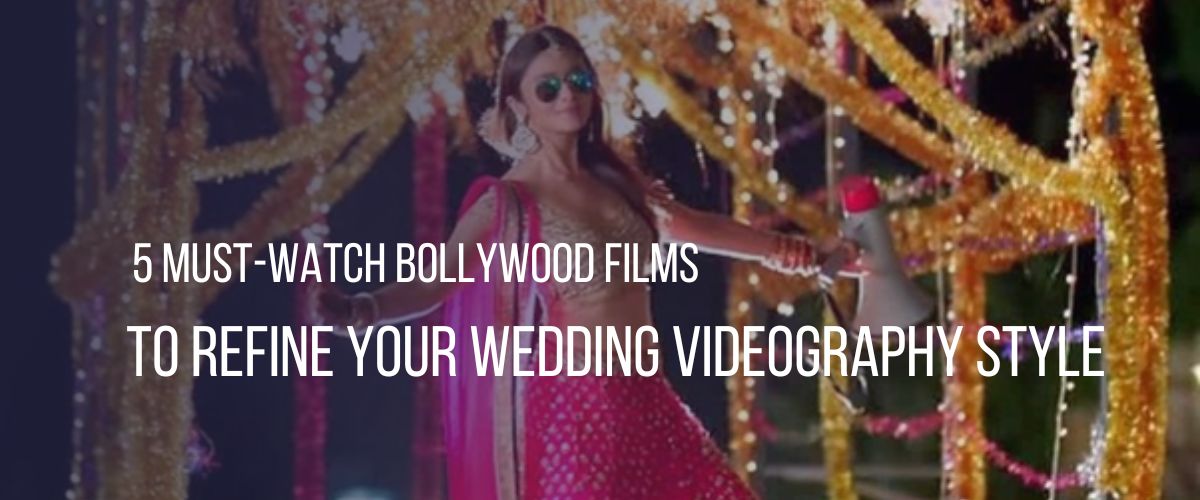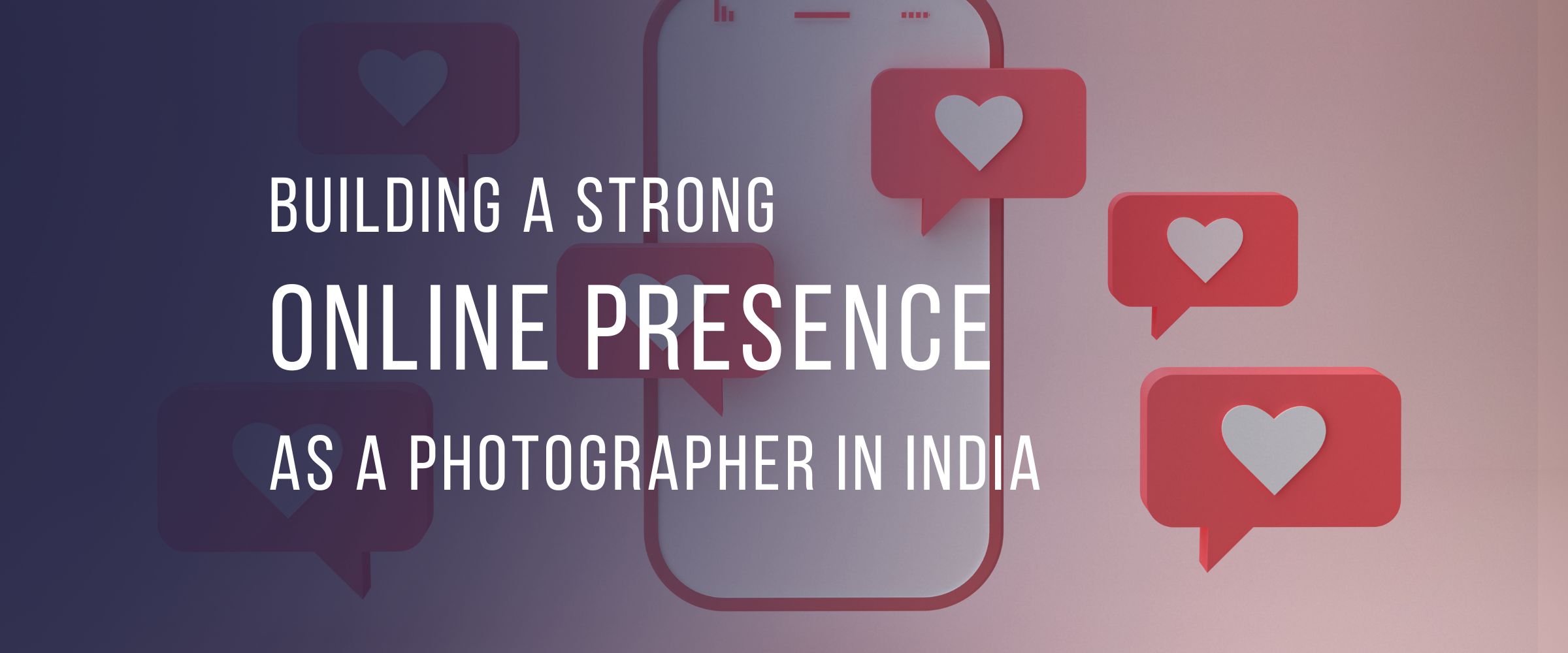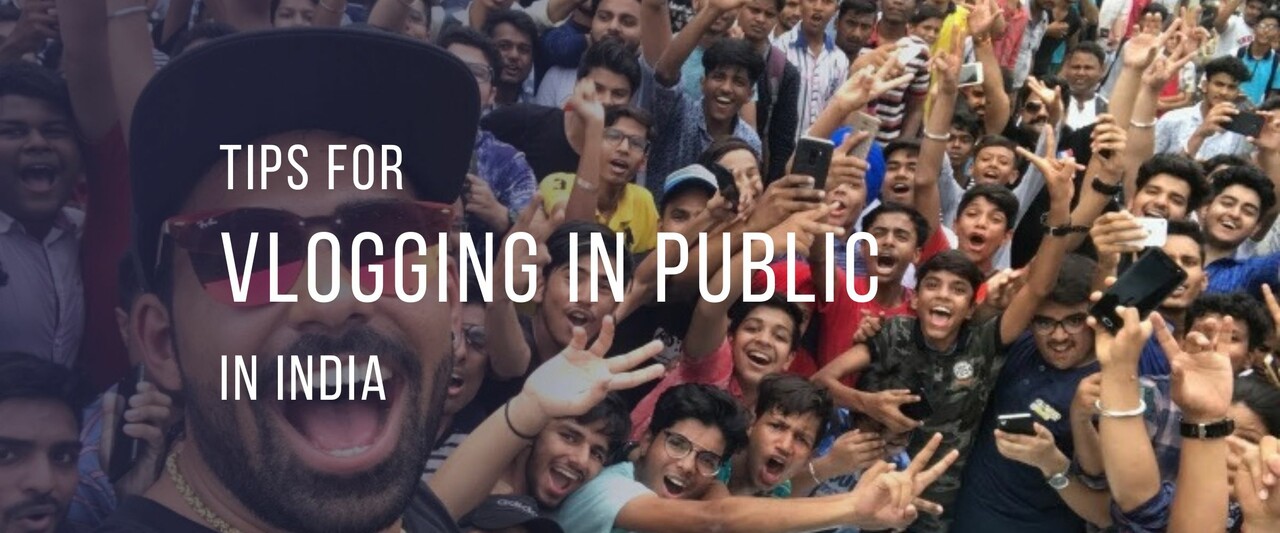A bustling city is full of stories. There’s so much that your lens won’t be able to capture in one go. Learn how a few tips and techniques can help you get the shot you want, without buying any expensive gear or equipment. Whether you’re a seasoned pro or just starting, capturing the essence of a city is much more than just chaiwalas in the morning, learn helpful tricks with expert street photographer from Mumbai – Ashutosh Pathania! Keep reading to find out more!
What is Urban Street Photography?

Courtesy – Pinterest
Urban street photography is taking pictures of everyday life in cities. It’s about capturing people, buildings, and the energy of urban places as they naturally are, without staging or posing. Imagine freezing a genuine moment of a city’s life in a photograph – that’s what urban street photography is all about.
When you do urban street photography, you’re like a silent observer of the city’s stories. The laughter of kids playing in a park, a busy street corner, or even someone lost in thought waiting for a bus – these moments tell tales of the city’s rhythm. This rhythm is found when you understand street photography. It’s about finding beauty in the ordinary, the unnoticed scenes that make up the colorful mosaic of urban life. Grab your camera, step out onto the streets, and let your lens narrate the tales of the city.
Acing Urban Street Photography

Courtesy – Pinterest
Mastering urban street photography is a blend of skill, observation, and creativity. It’s about understanding the ebb and flow of the city, anticipating moments, and seizing them with your lens. The key is to find beauty in the mundane, portray emotions, and tell compelling stories through your photographs. With practice, a keen eye, and our practical tips and techniques, you’ll be able to click pictures that capture the essence of a city.
Above all, remember to take risks, fail, and eventually get better at taking urban street photos. For instance, overcoming his fear of the local trains, Ashutosh photographed the essence of the city, which, according to him, revolved around its local train, Dabba Walas (lunchbox deliverymen), and even the Vada Pav vendors. For him, these everyday interactions were what defined Mumbai and its relationship with its residents. He aimed to capture the soul of the city, not just its people, by showcasing how each individual and their roles contributed to the city’s vibrant life.
1. Equipment Matters
i) Lens
The main debate among street photographers revolves around the choice of lenses – telephoto, wide-angle, or standard.
- Telephoto lenses allow for capturing close-up shots without physically approaching the subject, great for candid photos. However, it can make the photographer feel distant from the moment.
- Wide-angle lenses capture the whole scene in one shot, showing the street’s vibe and encouraging viewer engagement. They come in different sizes; I often use a 28 mm or 8 mm for practicality.
- Standard lenses mirror what we naturally see, making them a popular choice for street photography. They represent scenes as our eyes perceive them.
Another debate centers on fixed and zoom lenses. Fixed lenses make you move and think creatively, and they are lightweight and more discreet. In contrast, zoom lenses offer versatility but can be bulky and might sacrifice some image quality.
Ultimately, the choice depends on personal preferences and style. For beginners, starting with a zoom lens provides versatility. And the kit lens and a basic 50mm f1.8 (typically the cheapest high-quality prime on most camera systems). As for focal lengths, it’s about how you prefer to capture scenes – whether focusing on details from a distance or immersing in the broader scenery.
ii) Camera
When considering a new camera for street photography, some key factors matter:
- Weight and Size – A lighter and compact camera is better for street photography, as you’ll be on the move a lot. Also, a smaller camera is less noticeable to people.
- High-Speed Shooting – If you’re going to stick to street photography, you don’t need the fastest fps and the largest buffer. Most cameras these days (and those made in the last few years, if you’re buying used) should suffice.
- Flip-out Screen – While not essential, a screen that flips out can be practical. It allows you to take shots without using the viewfinder and helps in remain discreet with your photography.
Remember, in street photography, the focus is on capturing the essence of everyday life and spontaneous moments rather than getting caught up in technical specifications or specific camera types.
2. Timing is Everything
Timing is the heartbeat of urban street photography, dictating the difference between a mundane shot and a masterpiece. Have you ever seen a photo that made you feel like you were right there in that very moment, on the busy street, amidst the buzz of the city? It’s the magic of perfect timing.
Ever wonder how photographers capture that split-second expression of joy or a fleeting ray of sunlight hitting the pavement just right? It’s all about being in sync with the rhythm of the street and having your camera ready to seize that moment.
To capture the essence of urban life, timing is key. Whether it’s the laughter of a child, the hustle of commuters, or a ray of sunshine breaking through skyscrapers, each moment is unique and fleeting. Timing helps freeze these moments in time, telling a story that words alone cannot convey. A well-timed click can transform an ordinary scene into something extraordinary, evoking emotions and connecting the viewer to the vibrant tapestry of city life. Rainy nights, golden hour, morning, and closing time are some best durations to click pictures.
3. Finding Unique Perspectives
Finding unique perspectives in urban street photography adds an exciting twist to your photos, making them stand out and tell a captivating story. Ever felt like your photos could use a little more “wow” factor? Unique perspectives can do just that.
So, how do you find these distinctive angles? One way is to change your height – get down low or stand on something to shoot from above. Imagine crouching to capture a child’s view of the world or shooting from a balcony to capture the whole street. It’s as if you have a new perspective on everything!
Another tip is to experiment with framing. Instead of placing your subject dead center, try placing it at the edge of the frame or using a nearby object to frame it. It adds depth and interest to your photo.

Courtesy – Pinterest
Utilizing reflections is a clever trick too. Puddles, glass windows, or shiny surfaces can create a mirror effect, giving a unique and dreamy touch to your shots. It’s like seeing two worlds in one click!

Courtesy – Pinterest
Finding unique perspectives allows you to show the world in a way not everyone sees it. It’s like adding your artistic signature to every photograph. So, get low, get high, play with reflections, and see your photos come alive with a whole new charm!
4. Composition & Urban Areas
Let’s find out how you can click the perfect picture amidst urban areas with the following composition techniques –
- Rule of Thirds: Picture a 3×3 grid to divide your frame into thirds. Place your subject or interesting elements along these lines or at the intersections. It results in a composition that is dynamic and balanced.
- Leading Lines: Use lines present in urban settings – roads, pathways, buildings – to guide the viewer’s eyes toward your subject. These lines give the image depth and motion.
- Frame within a Frame: Find natural frames within the cityscape like windows, doorways, or arches. Position your subject inside these frames to add depth and context.
- Foreground Interest: Incorporate a captivating element in the foreground, like a person, object, or pattern. It enhances the composition’s overall depth and interest.
- Contrast and Color: Look for contrasts in colors, textures, or lighting. A bright subject against a dark background or a pop of color amidst a monochrome scene can make your image striking.
- Symmetry and Patterns: Urban architecture often offers symmetry and repetitive patterns. Utilize them to create a visually pleasing and harmonious composition.
- Point of view: Experiment with various perspectives and angles. Shoot at eye level, from above, or from below. Changing your vantage point can offer a fresh and intriguing view of familiar surroundings.
- Negative Space: Don’t overcrowd your frame. Allow for some empty space around your subject. This can emphasize your subject and the urban environment.

Courtesy – Pinterest
5. Capturing Urban Life & Telling A Story

Courtesy – Pinterest
Capturing urban life and telling a compelling story through your photos is like writing a visual novel. Here’s how to weave your tale:
1. Observe and Connect: Take a moment to observe your surroundings, the people, and their activities. Try to connect with the energy of the city. Understanding the daily rhythm helps in telling an authentic story.
2. Focus on Emotions: Look for emotions – joy, sorrow, surprise – on people’s faces. A genuine emotion in a photo can tell a powerful story and evoke feelings in the viewer.
3. Candid Moments: Capture candid shots. People being themselves, lost in thought, engaged in an activity – these unposed moments narrate real stories.
4. Context is Key: Include elements of the environment to give context to your photos. A bustling market, busy street, or quiet park can convey a lot about urban life.
5. Sequential Shots: Tell a story through a series of photos. Capture the beginning, middle, and end of a moment or event. It’s like creating a photo storybook.
6. Details Matter: Zoom in on interesting details – a wrinkled hand, graffiti on a wall, a vendor’s colorful display. These details can reveal the essence of the city.
7. Use Lighting Creatively: Pay attention to how light interacts with your scene. A play of shadows or the golden hour light can add depth and drama, enhancing your storytelling.
8. Layering Technique: Incorporate layers in your composition. Have subjects in the foreground, mid-ground, and background. It adds complexity and depth to your story.
9. Be Patient: Urban life is full of unpredictable moments. Be patient, wait for the right moment, and seize it when it unfolds.

Courtesy – Ashutosh Pathania
In the end, your photos should narrate a tale that resonates with your viewers. Whether it’s the buzz of the city or a quiet corner, every photo holds a story. Let your lens capture these tales and share them with the world.
In the heart of every bustling city is a story waiting to be captured. Always remember that photography is more than just freezing moments in time—it’s about sharing emotions, cultures, and life itself. With each click, you get to know a city better. Now just pick up your camera and hit the streets!









